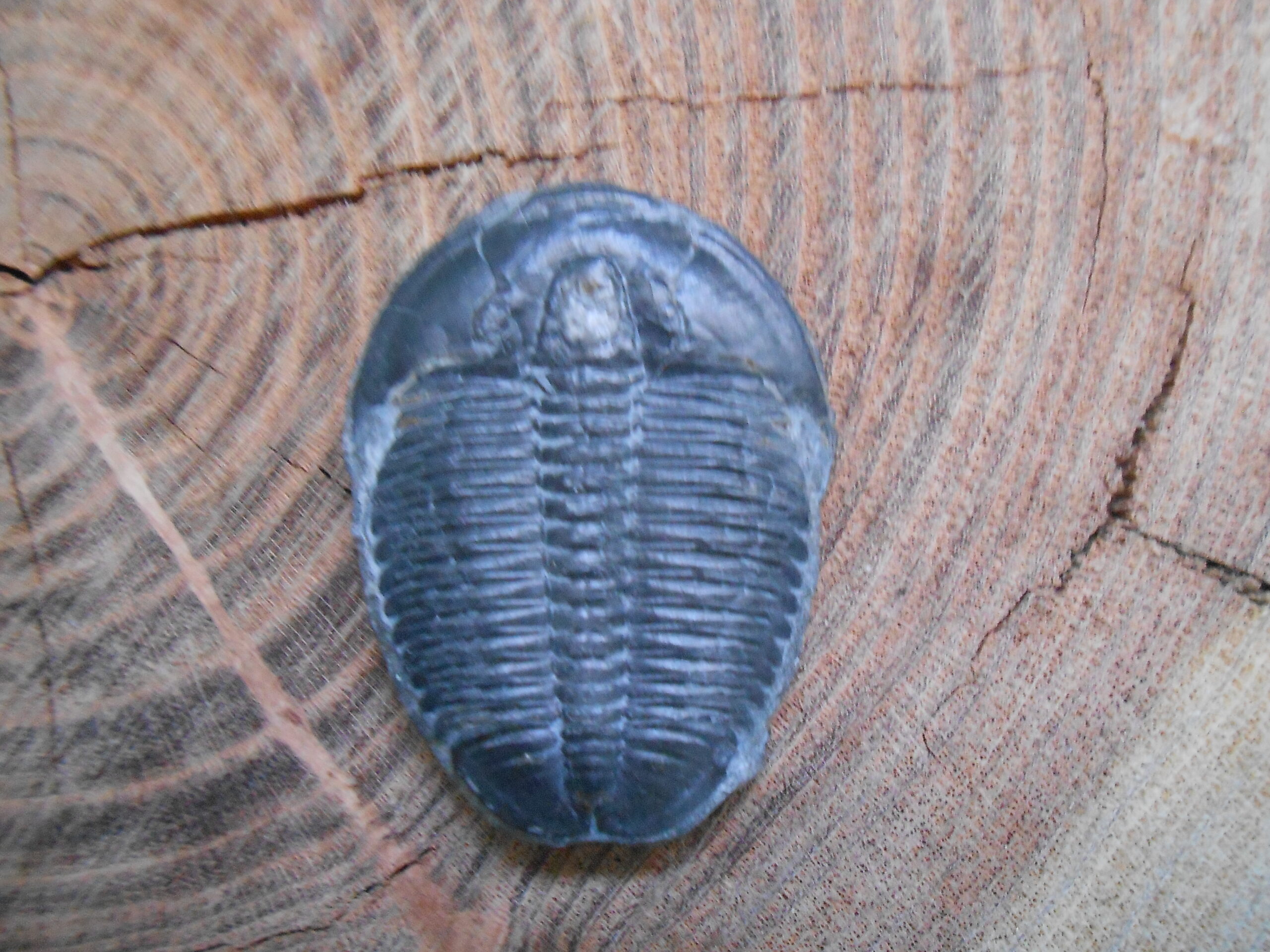About A New Dig
A New Dig Fossils currently leases one 40 acre quarry from Utah State Trust Lands, and is also involved with another 40 acre quarry (the oldest trilobite quarry in the area, which shares the southern border). At an elevation of nearly 7400 feet our quarries are located in the Wheeler Shale Formation within the House Range of western Utah. Swasey Mountain embraces the ridge on which we are located and Notch Peak can be seen in the distance, adding to the scenery and enjoyment of the hearty plants found in Great Basin including pinion pines, juniper, and sage.
This area of western Utah is world renown for Cambrian fossils, and particularly its abundance of Elrathia Kingii Trilobites. Several other species of trilobites can be found at our quarries including Asaphiscus Wheeleri, Peronopsis, Altiocculus Harrisi, Bolaspidella, Bathyuriscus, and Olenoides. Some common fossils, other than trilobites, include Brachiopods, algae, such as Margaritia, Cholla, worms, and worm holes. And for the more adventurous paleontologists and like minded individuals, soft bodied Cambrian animals and animal parts have been found at our quarry, such as Radiodont appendages (Anomalocaris and Cariosyntrips), Phyllocarids, Isoxys, Pahvantia Hastata, a possible Leanchoilia. These rare soft bodied fossils are very important to our excavation efforts. Recently, a fantastic discovery was made and an exciting new species of animal, Thelxiope Holmani, found at A New Dig by owner Clay Holman, was described by paleontologists at Harvard. (*A peer review article can be downloaded at this link). More information on Thelxiope Holmani can be found in this link. Several other soft bodied fossils that Holman has found at A New Dig have been held with high regard to some of the world authority of Cambrian paleontology for their importance of the prehistoric environment and their exceptional preservation. These fossil layers are comparable to the famous Burgess Shale in western Canada, now a UNESCO world heritage site.
HISTORY OF THE MINE
Nearby our quarry is Antelope Springs, one of the few areas where water is accessible, and possibly the main attraction for the historic exploration surveys of the House Range, and for the Pahvant Ute Natives, who were the first inhabitants of the area. These natives collected trilobites, presumably regarded them to possess attributes that were magical or supernatural, as they fashioned them into amulets and necklaces to wear for protection.
Geological exploration of the House Range began in 1859 and extended through 1950. Early missions were led by Army Captain James Simpson in 1859, and subsequently continued, through 1889 by Lieutenant George Wheeler. Remarkable paleontological surveys were also conducted by Charles Walcott around the turn of the century.
Commercial trilobite production started in the late 1960s when the first permit to excavate was obtained. Yet, due to the precise location of our layers (there are several quarries in the Wheeler Shale Formation) preservation of soft-bodied life forms is as world-class as those of the Burgess Shale in British Columbia, and Chengjiang (Yunnan Province) in South China, which are the best locations known for substantial rock preservation of the Cambrian Era. Therefore, A New Dig Fossil Quarry is not just a trilobite dig, but a real hands-on scientific exploration of ancient life.
About Trilobites
According to scientists, trilobites first appeared on Earth during the Cambrian Era, 570 million years ago. Amazingly, their existence lasted approximately 350 million years.
Trilobites are an Arthropoda, an invertebrate member of the animal kingdom, which includes animals with exoskeletons, such as craw fish, shrimp, spiders, centipedes, scorpions, and insects. The anatomy of trilobites includes three lobes, hence the term trilobite.
The three lobes include the middle, known as the axial, and the two outer flanking lobes, known as the pleural lobes. The trilobite is also categorized in length into three segments: cephalon, thorax, and pygidium. The ancient eyes of the trilobites were made of calcite and provide scientists with evidence of the evolution of the visual system. The exoskeleton is the preserved part of the trilobites was made by excretion of calcite which formed a protective shell  over their soft bodies. During molting, trilobites lost their cheeks and left behind these exoskeletons, which amounted to numerous sheds throughout their lifetime. The complete trilobite fossil is one which still has its cheeks intact. Though quite mysterious, the hard shell of the trilobite invertebrates are the most tangible of the Cambrian time.
over their soft bodies. During molting, trilobites lost their cheeks and left behind these exoskeletons, which amounted to numerous sheds throughout their lifetime. The complete trilobite fossil is one which still has its cheeks intact. Though quite mysterious, the hard shell of the trilobite invertebrates are the most tangible of the Cambrian time.
|
Clay Holman |
(435) 406-9551 |
|
Jessica Schenk |
(435) 864-8823 |
|
PO BOX 122 |
info@anewdigfossils.com |
copyright Clay Holman 2025
